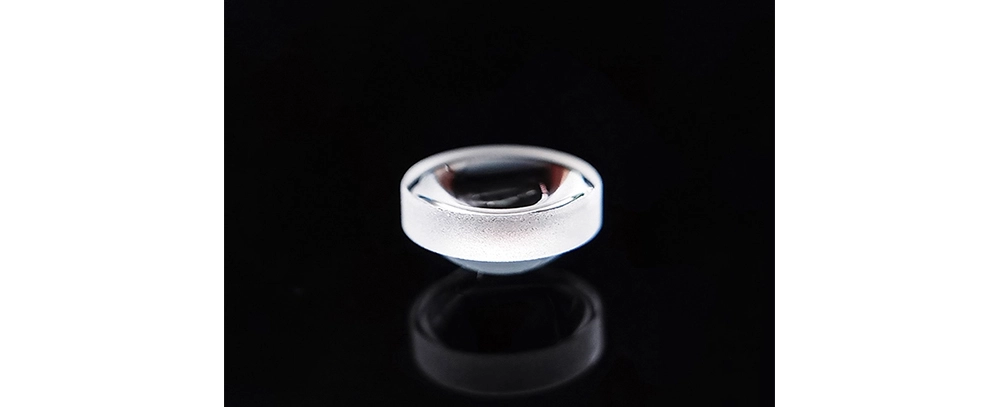Jul 24-2025
The aspheric lens has a better curvature radius and can maintain good aberration correction to obtain the required performance. The application of the aspheric lens brings excellent sharpness and higher resolution.
Generally speaking, compared with germanium lenses, Infrared Aspheric Lenses are more popular in the high-precision optics and infrared imaging industries.
| Technical Parameter | Technical requirement |
| Size range | 2mm--- 300mm |
| Diameter tolerance | +0.0/-0.01 |
| Focal length Range | 2mm---200mm |
| Focal length tolerance | ±1% |
| Surface quality | 40-20/60-40 |
| Surface accuracy, P-V (μm) | 0.3 |
| Aspheric figure error (μ m RMS) | 0.75---0.1 |
| Centering (arc minutes) | 10"---0.1 |
| Clear aperture (%) | 90 |
| Substrate | Silicon, germanium, zinc selenide, zinc sulfide, calcium fluoride, Chalcogenide glass and other infrared materials |

Enhanced Imaging Quality: Aspheric lenses correct spherical aberration, ensuring high-resolution infrared imaging.
Improved Light Collection: The infrared optical components efficiently gather and focuse infrared light for enhanced detection sensitivity.
Durable Construction: Resistant to mechanical stress and environmental factors, ensuring long-term reliability.
Broad Spectral Range: Transmits wavelengths from near-IR to far-IR, suitable for diverse infrared applications.